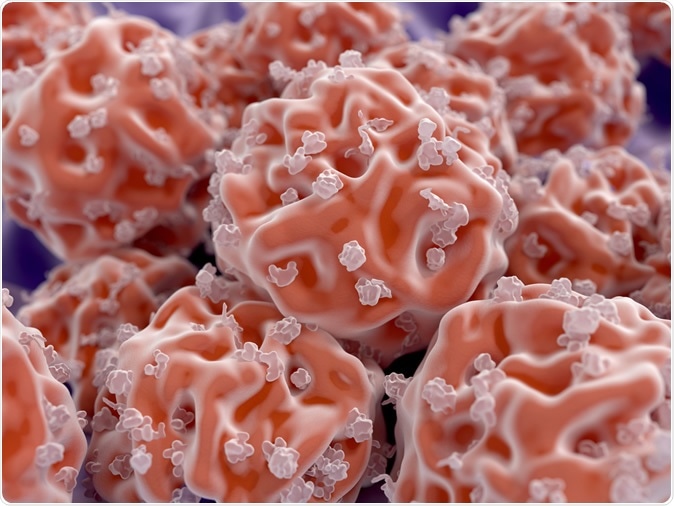In the 1980s and early 1990s, the outbreak of HIV and AIDS swept across the globe. Today, more than 70 million people have been infected with HIV, and about 35 million have died from AIDS since the start of the pandemic. However, scientific advances, such as the development of antiretroviral drugs, have enabled people with access to treatment to live long and healthy lives with HIV. But, there is still no vaccine and cure for it. In history, only two persons have been cleared of the infection, one in Berlin and now the second one in London.
The second patient, who had a stem cell transplant to treat cancer, has come out publically in the hope of inspiring others with the same condition.
Adam Castillejo, known as the “London patient,” was declared free of HIV in 2019, 18 months after stopping antiretroviral therapy following a stem cell transplant to treat blood cancer.

Image Credit: Adam Castillejo
The 40-year-old London resident said he had been living with HIV since 2003. In 2012, doctors diagnosed him with acute myelogenous leukemia (AML), and he underwent a stem cell transplant. The case of Castillejo came into light as his doctor described his case at an HIV/AIDS conference and in the journal Nature.
At the time, there was no HIV detected in the patient’s blood for 18 months after undergoing the treatment, but the doctor was reluctant to call him cured. The same procedure was performed in 2007 on a patient named Timothy Ray Brown, who has already publicized his identity. Currently, he is coaching Castillejo on the impacts of going out in public.

Stem cells, illustration - Image Credit: Juan Gaertner / Shutterstock
What is a stem cell transplant?
A stem cell transplant is a procedure wherein a patient receives healthy stem cells to replace damaged ones. The patient will receive high doses of chemotherapy before the operation.
Stem cells are very primitive cells made in the bone marrow. Bone marrow is a spongy material that fills the bones. A stem cell transplant uses stem cells from your bloodstream or a donor’s bloodstream.
In the case of the two HIV patients, the stem cell transplant appeared to stop the virus from replicating inside the body. The new stem cells, which are ones that resist HIV infection, replace the patient’s immune cells.
A breakthrough
Though the two HIV cases that went negative after stem cell transplants seem like an accidental discovery, it spurs hope that HIV cure could eventually lead to a significant breakthrough. When the case was first announced in 2019, scientists have emphasized that the treatment is not suitable for most people living with HIV.
“Although it is not a viable large-scale strategy for a cure… these new findings reaffirm our belief that there exists a proof of concept that HIV is curable,” Anton Pozniak, the president of the International AIDS Society, said.
“The hope is that this will eventually lead to a safe, cost-effective, and easy strategy to achieve these results using gene technology or antibody techniques,” he added.
Further, Dr. Ravindra Gupta at the University College of London, who was a lead author of the paper about the London patient, said that the second case proved that the cure is not an anomaly, but a potential treatment in the future. He added that by achieving remission in a second patient with a similar approach, the researchers have shown that the first case was not a coincidence, but a result of a potential treatment that may be tested for approval.
Now, Castillejo has decided to go public to inspire others, and he wants his cause to be a cause of optimism for others living with the same disease. He added that he wants to be an ambassador of hope.
However, stem cell transplant is not recommended for most people with HIV since it is an invasive procedure that may carry risks. Today, the only approved treatment for HIV are pills to reduce their levels of the virus, to prevent transmission, and improve their quality of life.
What is HIV?
Human immunodeficiency virus (HIV) is an infection that can lead to acquired immunodeficiency syndrome (AIDS) without treatment. Unlike other viruses, the human body cannot eliminate the virus, even with treatment. So far, there is still no approved treatment or vaccine against the disease.
HIV is spread by contact with body fluids of a person infected with HIV. It can be transmitted through sexual intercourse, sharing of injection drug equipment, or through blood transfusion.
Currently, antiretroviral therapy (ART) is the treatment approved for HIV, but it cannot get rid of the virus completely. These are medicines recommended for HIV patients that can help them live longer, healthier lives. The drugs help reduce the viral load and can also reduce the risk of HIV transmission.
Sources:
Journal reference: